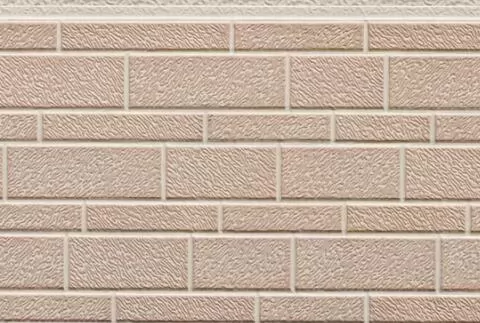Sandwich panels are widely used in various industries due to their unique properties and versatility. Sandwich panels consist of two outer layers or skins, and a core material sandwiched between them. The core material is usually made of foam, honeycomb, or balsa wood, and the skins are typically made of metal, plastic, or composite materials. Sandwich panels offer numerous advantages over traditional building materials, such as higher strength-to-weight ratio, thermal insulation, and acoustic insulation. In this article, we will discuss the properties of sandwich panels in detail.
Strength and Durability
One of the primary advantages of sandwich panels is their high strength-to-weight ratio. The sandwich structure provides excellent rigidity and stability, making it ideal for use in applications where high strength and durability are required. The core material acts as a stiffener, distributing the load evenly across the panel, while the skins protect the core from damage. This design ensures that sandwich panels can withstand heavy loads and extreme weather conditions, making them suitable for use in buildings, aerospace, and transportation.
Thermal Insulation
Another significant advantage of sandwich panels is their excellent thermal insulation properties. The core material acts as an insulator, reducing the amount of heat transfer between the two skins. This means that sandwich panels can help to maintain a comfortable indoor temperature, reducing energy costs, and increasing energy efficiency. Sandwich panels are often used in the construction of cold storage facilities, where temperature control is critical.
Acoustic Insulation
Sandwich panels are also excellent at reducing noise levels. The core material absorbs sound waves, while the skins reflect them, resulting in reduced noise levels. This makes sandwich panels an ideal choice for use in environments where noise reduction is important, such as music studios, cinemas, and conference rooms.
Fire Resistance
Fire resistance is another essential property of sandwich panels. The core material used in sandwich panels is typically non-combustible or fire-resistant, making it less likely to spread flames in case of fire. Additionally, the skins used in sandwich panels can be made from fire-resistant materials, further reducing the risk of fire. This makes sandwich panels an ideal choice for use in buildings, where fire safety is a primary concern.
Lightweight
Sandwich panels are incredibly lightweight, which makes them easy to transport and install. The lightweight nature of sandwich panels also makes them ideal for use in the construction of mobile homes, caravans, and other portable structures. Additionally, the lightweight nature of sandwich panels reduces the load on the supporting structure, resulting in lower construction costs.
Water Resistance
Sandwich panels are also highly water-resistant, making them ideal for use in environments where moisture is a concern. The skins used in sandwich panels are often made from waterproof materials such as aluminum or plastic, while the core material is designed to resist water absorption. This means that sandwich panels can be used in wet areas such as bathrooms and swimming pools, without the risk of damage.
Conclusion
In conclusion, sandwich panels offer a range of unique properties that make them an ideal choice for use in various industries. They offer high strength and durability, excellent thermal and acoustic insulation, fire resistance, lightweight construction, and water resistance. These properties make sandwich panels an attractive option for building materials, transportation, aerospace, and other applications where high performance and reliability are essential. We are a sandwich panel supplier. If you are interested in our products, please contact us now!


